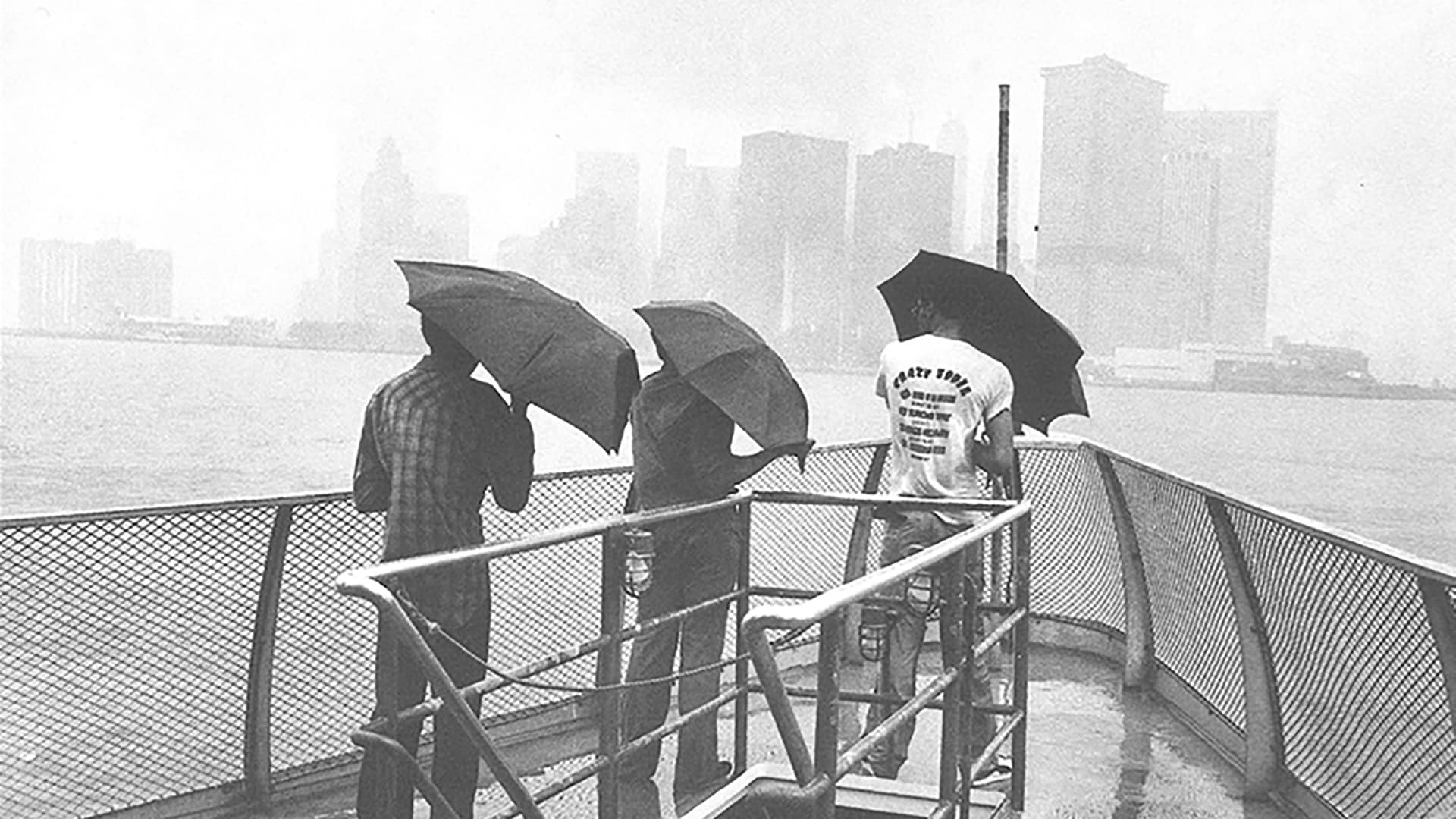The first collection of texts on photography by Alain Bergala (former editor-in-chief of Cahiers du Cinéma and still image connoisseur), entitled Écrits sur l’image [Writings on the Image], is published in the TXT collection edited by Agnès Sire (director of the Cartier-Bresson Foundation) at Éditions Xavier Barral. On the occasion of its release, Blind looks back at five books from the historic collection “Écrit sur l’image” [“Written on/about the Image”] founded in 1981. The books, which included publications by Raymond Depardon, Claude Nori, Patrick Zachmann, Fouad Elkoury, Xavier Lambours, and a début by Sophie Calle, followed the simple principle of bringing together texts and images.

You’re getting blind.
Don’t miss the best of visual arts. Subscribe for $9 per month or $108 $90 per year.
Already suscribed ?


